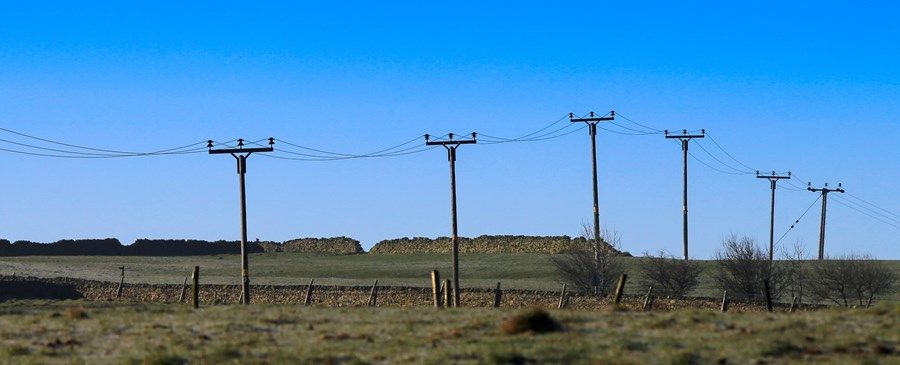Britain’s biggest distribution network operator WPD has launched two new programmes, aimed at minimising carbon impacts on its network.
ALPACA and ACCELERATED (Assessment of Climate Change Event Likelihood Embedded in Risk Assessment Targeting Electricity Distribution) are designed to assist the firm’s RIIO-2 goals, including reaching Net Zero as early as 2028.
The first, Approach for Long-term Planning Accounting for Carbon Assessment, will measure the whole-life carbon emissions of WPD’s network assets. It’ll help WPD and other DNOs in identifying their most carbon-intensive activities on the network, allowing them to consider and implement targeted carbon reduction measures.
WPD will become the first DNO in the country to set up whole-life carbon assessments for its activities. Consulting engineers AECOM will contribute know-how, with SP Energy Networks reviewing the approach.
The second scheme evaluates impacts of extreme weather events, both historic and future, on the network. Scientists from Newcastle University and consultants GHD will participate.
The government’s recent Infrastructure Carbon Review showed that power networks and other infrastructure is linked to over half of UK carbon emissions, 30% of which are directly attributed to the construction, operation and maintenance of infrastructure assets.
Scheduled for completion within twelve months, the pair of projects are intended to speed development of standardised processes to identify whole-life carbon emissions of DNO assets, and of as well as climate change’s impacts on electricity networks.
WPD innovation engineer Liza Troshka said: “Climate change poses a significant risk for DNOs such as WPD where we plan and operate assets with a life span of over 40 years.
“These two new projects will give us the knowledge to implement targeted carbon reduction measures across our network and prepare ahead of time for the impact of climate change. We hope to be in a position to proactively consider adaptation measures so that our assets are both able to withstand adverse weather conditions in the years to come and are safer for the environment, reducing our carbon footprint.”




